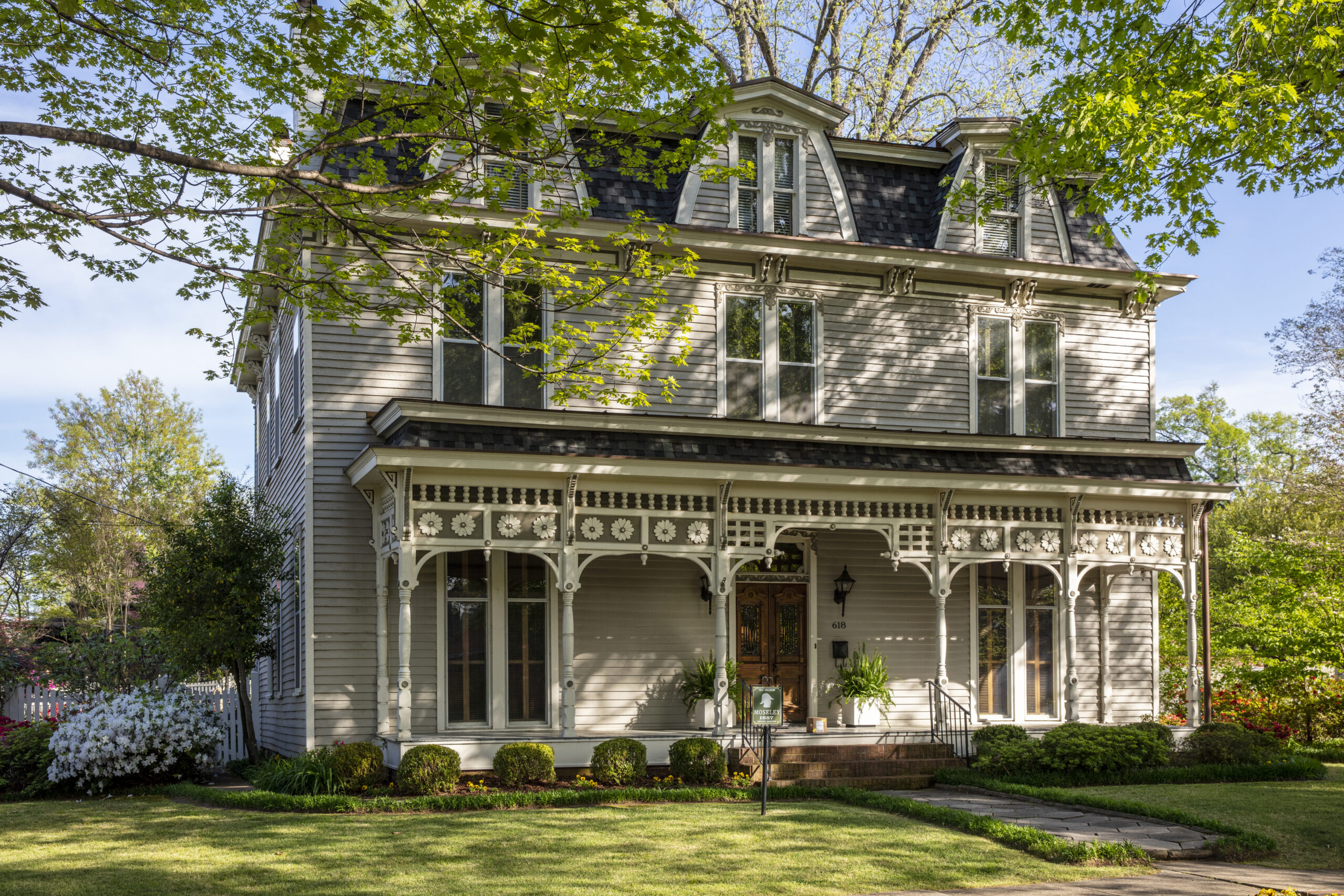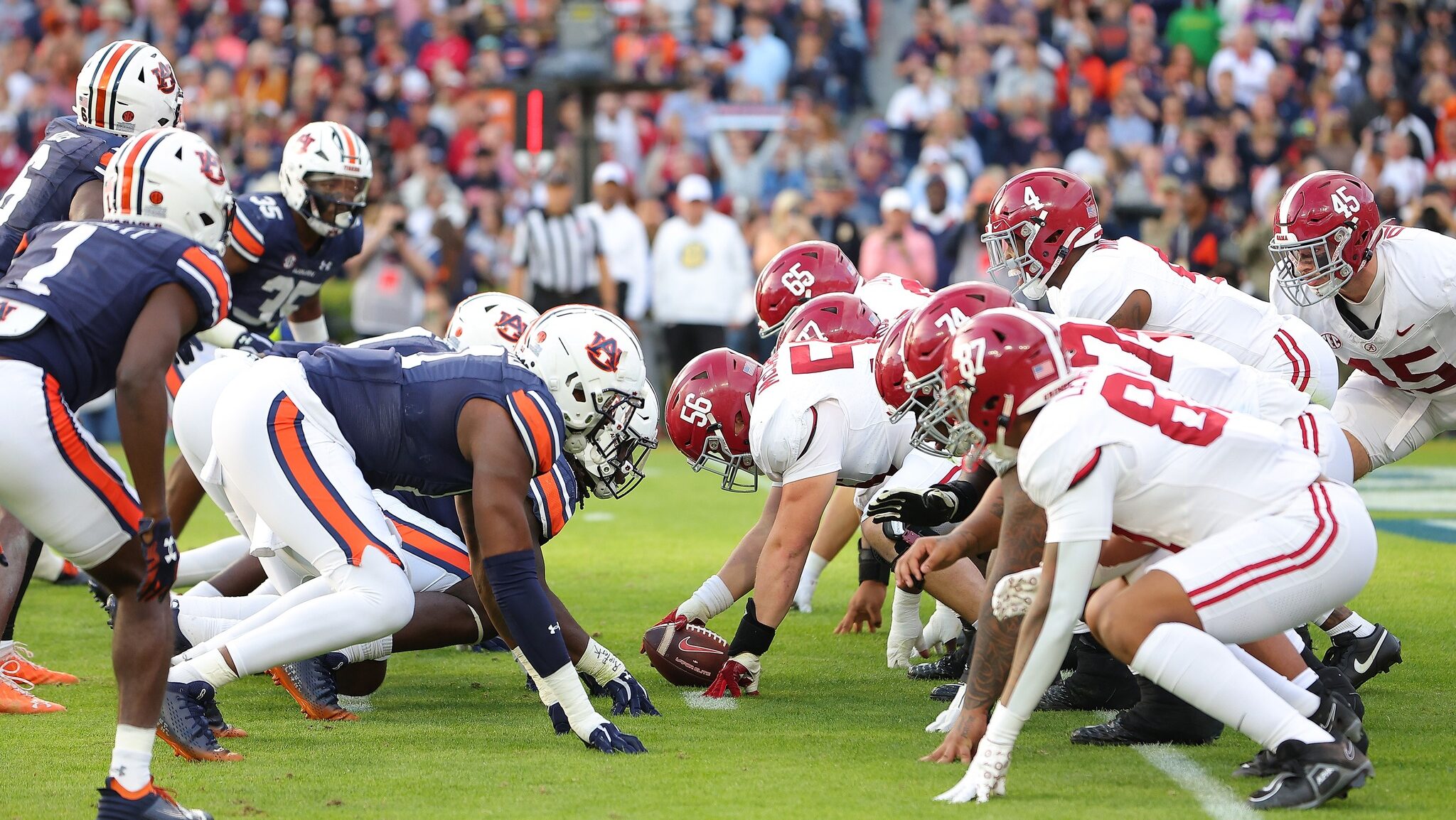Think of North Alabama, and you’ll likely think of the booming, brilliant metropolis of Huntsville, widely known for its aerospace industries and military technology. Or, you music-types may conjure images of Muscle Shoals, internationally recognized for its recording industry. Naturalists may envision the unscathed beauty of the Cumberland Mountains nestled into the Northeastern corner of our state. And for those fortunate enough to know the charming town of Decatur, you may feast on its rich history and alluring architecture.
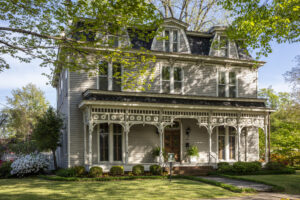
(Decatur Morgan County Tourism/Contributed)
Located just down the road from Huntsville and on the banks of the Tennessee River, Decatur was incorporated in 1826. During its early days, Decatur proved itself as an important industrial hub for river and railroad travel and then, because of its invaluable location, became a strategic pawn in the Civil War. Warfare, including the 1864 Battle for Decatur, wreaked havoc on the town, and only a few buildings from the early 1800s survived. Post-war, residents were quick to rebuild. By the late 1880s, despite two yellow fever plagues, Decatur was back on its feet, and its streets were once again lined with beautiful homes and businesses.
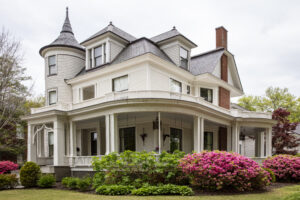
(Decatur Morgan County Tourism/Contributed)
Thanks to the grit and persistence of Decatur’s early residents, along with the heart and upkeep of each generation since, modern day Decatur boasts the largest concentration of Victorian-era craftsmen and bungalow houses in the state. These show-stopping homes are affectionately called “The Painted Ladies” and date back anywhere from the early 1800s to the turn of the 20th century. The Painted Ladies, which are mostly active private residences, are dripping with historical significance and can be found in the Decatur and Albany Historic Districts. Both districts are listed on the National Register of Historical Places.
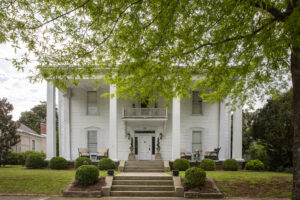
(Decatur Morgan County Tourism/Contributed)
The Painted Ladies are diverse, showcasing various trends in American architecture. From the French-influenced Empire Period to the Edwardian house; from the Colonial Revival style to the California cottage, as well as Dutch Colonial and Frank Lloyd Wright influences, a variety of architectural types can be found throughout these neighborhoods. No two homes are alike, making Decatur an architect-enthusiast’s dream.
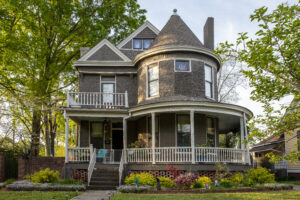
(Decatur Morgan County Tourism/Contributed)
One of the oldest buildings in town – so old it predates the Civil War – is The State Bank of Alabama building, which opened its doors in 1833. If architecture could talk, this building would tell you about its role as a bank, hospital, guardhouse, and dance hall. It has been restored to reflect its initial use including the original vault, limestone columns, and period room settings. The State Bank of Alabama building is a stop on the national Civil War Discovery Trail and is an ideal starting point for walking the historic district and taking in the Painted Ladies.
Morgan County Tourism provides self-guided walking tours of the Decatur and Albany Historic Districts, and both tours should take under an hour. In addition to the Painted Ladies, tourists will see various churches, Decatur’s First Courthouse, The Carnegie Library, The Cotaco Opera House, The Princess Theater, and other relics from the mid-late 1800s and early 1900s. To learn more about how you can take a walk down history’s lane and see these gems for yourself, go to www.visitdecatural.org.
[/fusion_text][/fusion_builder_column][/fusion_builder_row][/fusion_builder_container]
